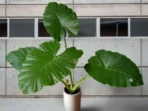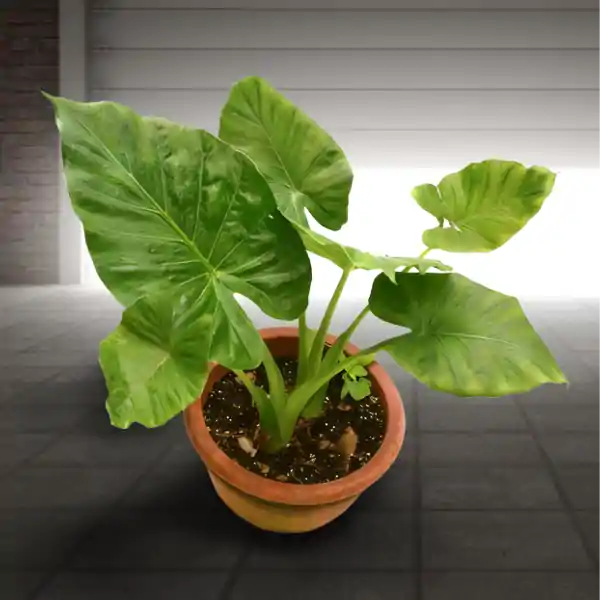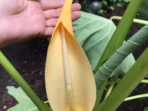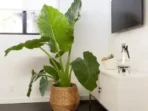Can you grow elephant ear plant indoors? A lot of people tend to be skeptical about the possibility of keeping the plant indoor, considering that the plants are native to tropical settings and atmosphere. Although some people may understand about elephant ear plant indoors winter situation (meaning that the plants are usually brought into the house and kept in it during winter months), many of them are more familiar with the plants being kept outdoors and planted in soils rather than being kept in containers. So, if you are thinking about growing elephant ear indoors, here are the things that you should be familiar about.
About Alocasia and Colocasia
Colocasias and Alocasias are both considered as elephant ears because they share similar unique characteristics, such as big and wide leaves, easy grow, and similar body construction. It’s quite logical, considering that they are a part of the same family. The plants are known for their tropical vibes and dramatic foliage. Not only the leaves can expand more than 2 feet, the colors are ranging from green to black.
Alocasias are often said as the upright elephant ears, having shiny leaves with colorful hues. You are free to grow them outdoors as well as indoors. Colocasias tend to have spreading nature with velvety leafy surface. This plant can be mixed well with other flowering annuals as well as summer bulbs. Feel free to grow them in big containers as well as a solo plant. Be advised, though, if you are thinking about elephant ear plant indoors, you need to have enough space for the plant to grow properly and well. If the space is too tight or cramped, your plant will suffer and it won’t be able to reach the maximum growth level.

Water Issues
Make sure you understand about elephant ear plant indoors water requirements. Elephant ears are tropical plants, often grown in rainfall forests. They may naturally get tons of rainfall, but they are often shaded by the trees. Elephant ears love moist soil. However, too much water can also be bad for them because it may lead to rotting in the roots. You don’t want to dry out your plants, but you don’t want to flood them entirely either. Elephant ears may die from not having enough water as well as getting too much water.








